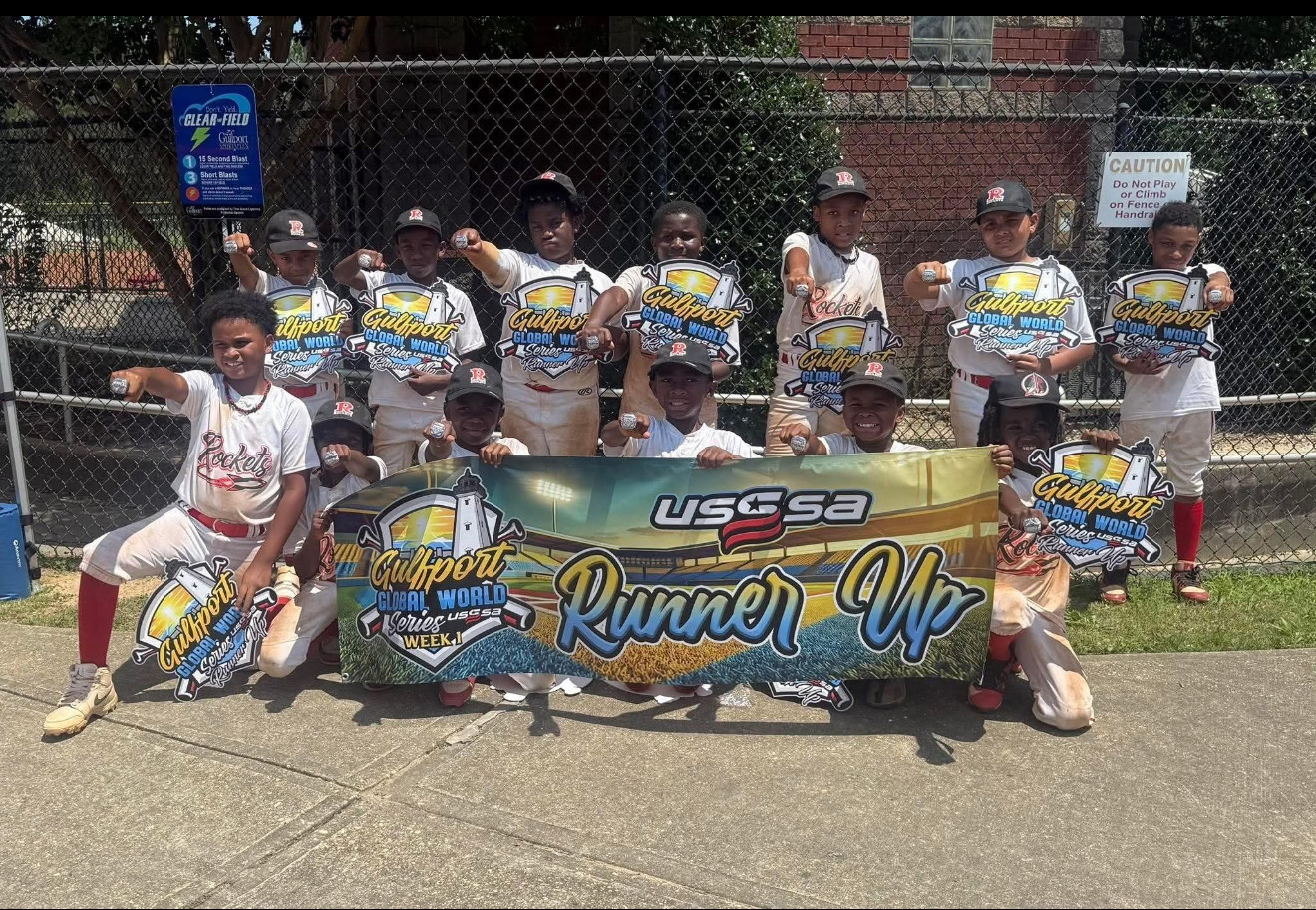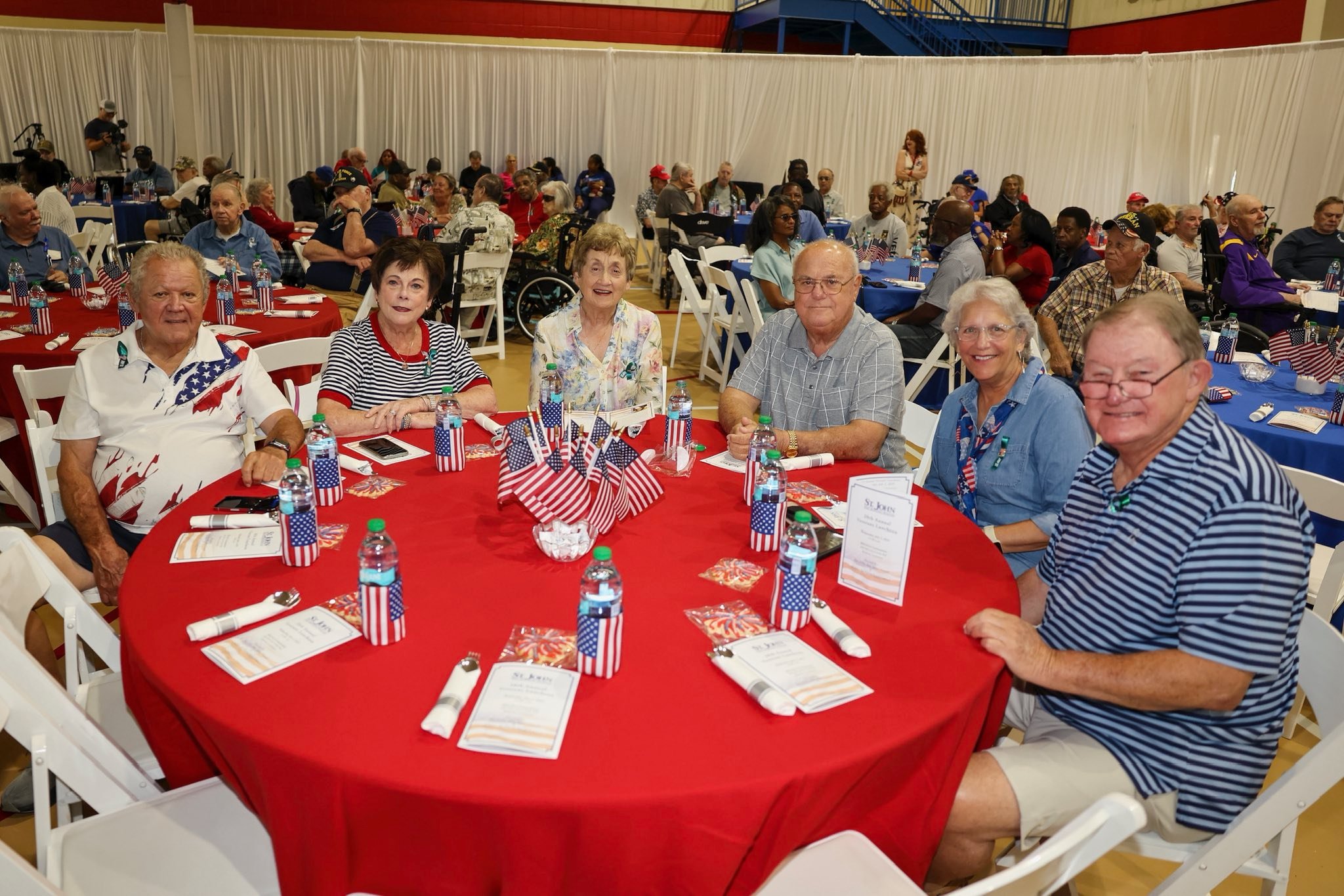Major leagues missing subtlety of minors
Published 12:00 am Saturday, June 23, 2001
J. EDMUND BARNES
There is a subtlety to college and minor league baseball that is missing from the majors. It isn’t really anyone’s fault – players who are able to compete at the level of the majors usually don’t have to worry about finding a radical solution to an intractable problem because they simply don’t exist. A major league baseball player faces the most elite members of a very exclusive profession, and as fearsome as Barry Bonds or Randy Johnson is, someone can and will strike them out or hit a home run on them. But in the minors, difficult problems require creative solutions. Take as an example this story I heard Wednesday: A once and future baseball coach named Kurt told me about how he had been invited to a minor league game out in the wilderness of Alabama. A friend of his was playing catcher for a low level ball club. This guy had been good enough to play AAA ball for a number of years, and while he was pushing 45 still bounced around the infield like an 18 year old. He took Kurt aside and told him about a problem he knew he would have at the game they would play that evening. “They have this guy,” said the catcher, “that has not been picked off all year. He’s lightning fast and has a 1.000 average on stolen bases right now. But if they game gets close, like within one run, I’ve got a plan.” The game wound its way into the ninth inning. As feared, the other team had pulled within one run, and at the worst possible moment, the stolen base specialist drew a walk to first. Kurt looked on from the stands. He had been told the plan and watched as it unfolded. The coach on the third base line made all his signals – there was no need to translate them. Everyone knew that it was simply: batter, take the pitch, base runner, steal second. The catcher nodded to the dugout, then nodded to the second baseman and the short stop. From the dugout came a player carrying an aluminum bat and a wooden bat. At the pitch, the man on first started sprinting. Then things happened very fast. The guy next to the dugout with the bats hit them together. At that noise, the second baseman and short stop both looked up and began signaling for a shallow pop-up. And the runner, at hearing the noise and seeing the reactions of the second baseman and short stop, hesitated, not knowing if the batter had ignored the signals and swung on the pitch. The catcher caught the ball and made the pick-off throw to first. The runner was tagged out, and Kurt’s friend’s team got the win.





